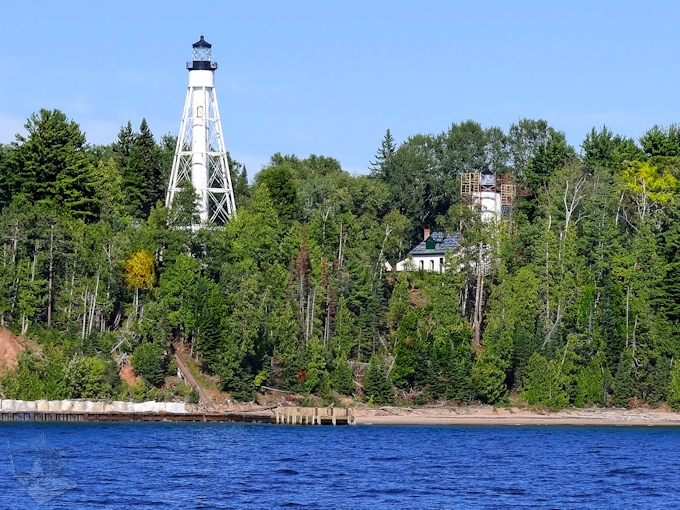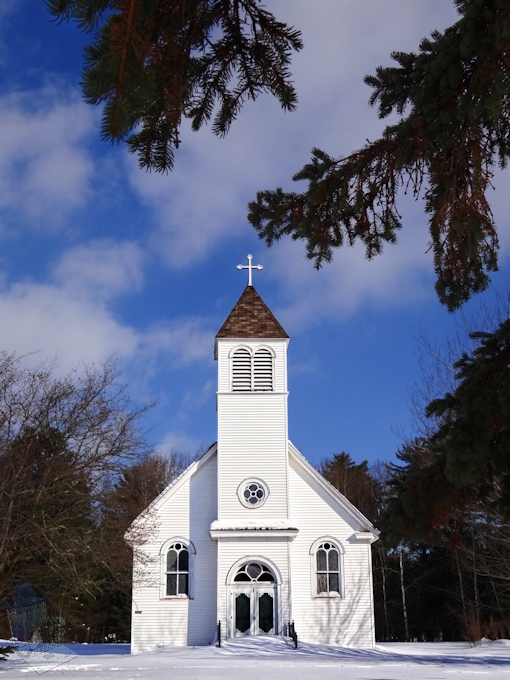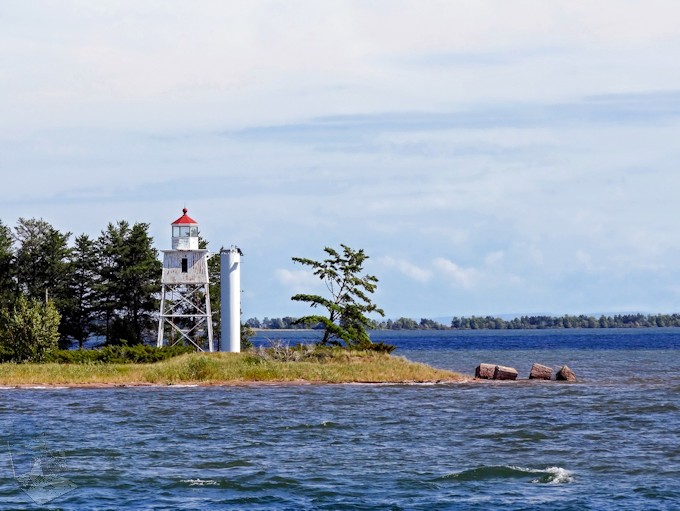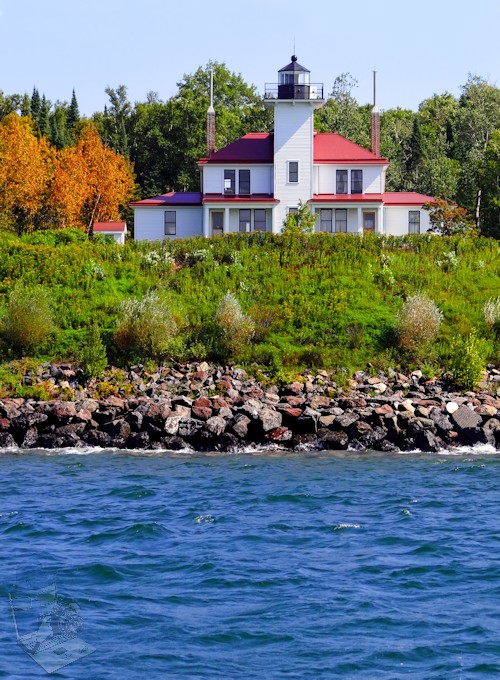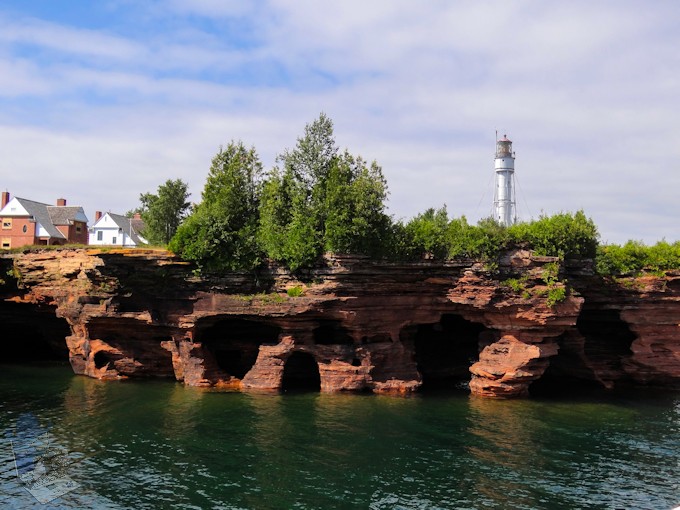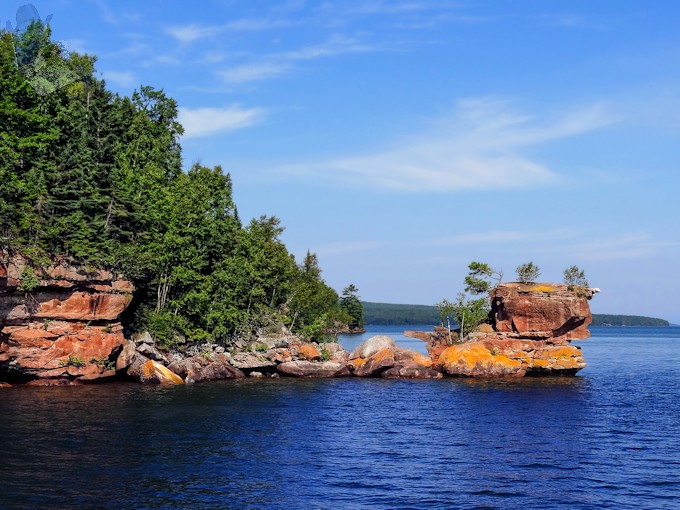Congress appropriated funds for a lighthouse on Long Island in the Apostle Islands on Lake Superior near Bayfield, Wisconsin but when workmen arrived to build it in 1853, a local representative of the Lighthouse Board, directed them to Michigan Island.
The light on Michigan Island entered service in the spring of 1857, but was closed after only one year of operation. Evidence suggests that higher authorities in the Lighthouse Service repudiated the rash decision of their field representative, and ordered the hapless contractors to go back and erect a new lighthouse at the planned Long Island location.
In 1869, however, authorities decided that a lighthouse on Michigan Island might actually be useful, so was $6000 requested to renovate and relight the abandoned station on Michigan Island.
Fifty years later, an effort began to place the Michigan Island light in a higher tower. When the Lighthouse Service discontinued operation of the Schooner’s Ledge light on Pennsylvania’s Delaware River near Philadelphia, the cylindrical steel tower was disassembled and brought to Wisconsin. Originally built in 1880, the tower was transported to Michigan Island in 1919, where it sat on the beach, awaiting assembly, for another ten years.
On October 29, 1929, the Fresnel lens was transferred from the old lighthouse to the new tower. “Started up new tower at sunset,” wrote Keeper Lane. “Everything in good shape but station looked odd, the old tower being dark for the first time in navigation in 72 years. NEW TOWER IN COMMISSION TONIGHT.”
The old Michigan Island Lighthouse is currently under repairs and Michigan Island is unique in that the old lighthouse was supposed to be built somewhere else and the newer lighthouse was originally built elsewhere.
Wandering Lighthouses
